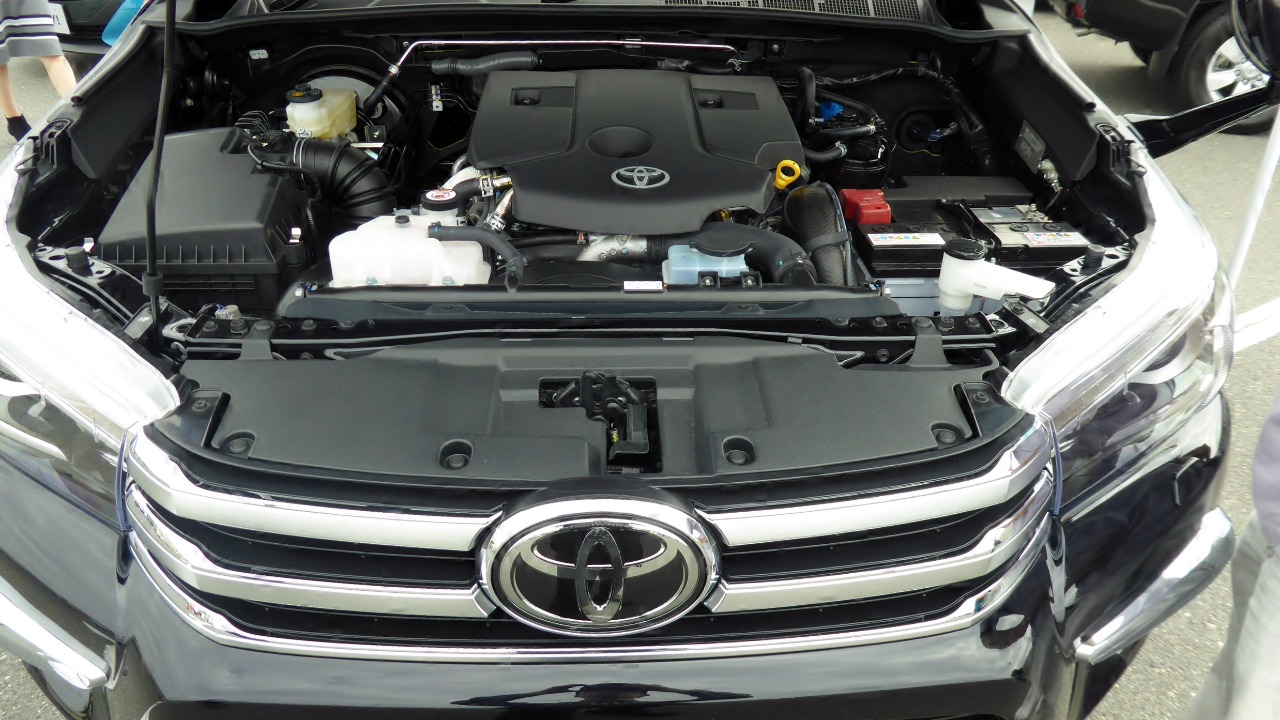
In an era where American V8 engines reigned supreme, a humble Japanese four-cylinder engine emerged, defying all odds and outperforming its Detroit counterparts. This engine, a symbol of resilience and reliability, powered vehicles such as the Toyota Hilux and Land Cruiser across the world’s harshest terrains from the 1980s onwards, accumulating millions of miles without major breakdowns. Its simple yet robust design became a beacon of reliability that American engineers struggled to match.
The Origins of the Unbreakable Four-Cylinder
Introduced by Toyota in the late 1970s, this four-cylinder engine was initially used in models like the Hilux pickup, targeting global markets in need of durable workhorses. The engine’s design philosophy was centered around a cast-iron block and overhead cam setup, a choice that prioritized longevity over raw power. This was a departure from the norm, as many automakers at the time were focusing on power output.
Early adopters of this engine, particularly in rugged environments such as Australian outback farms, quickly realized its superior endurance compared to its contemporaries. These early tests revealed an engine that was built to last, setting the stage for its future success.
Key Design Features That Defied Failure
The engine’s chain-driven timing system and simple fuel injection were key design features that eliminated common weak points found in American V8s, such as belts. The engine also utilized a 2.4-liter displacement with a focus on torque over horsepower, allowing it to handle heavy loads without strain in vehicles like the 4Runner.
Material choices also played a crucial role in the engine’s durability. The use of a durable aluminum head paired with the iron block contributed to its ability to survive extreme temperatures and abuse. These design choices were instrumental in the engine’s ability to outlast its American counterparts, as detailed in this report.
Real-World Endurance in Harsh Conditions
There are numerous documented cases of this engine exceeding 500,000 miles in Toyota trucks used in mining operations across Africa and South America, with minimal maintenance. Reliability tests from the 1990s showed failure rates under 1% for this four-cylinder, compared to double-digit breakdowns for comparable Detroit V8s in similar fleets.
The engine also found use in military applications, powering surplus vehicles in conflict zones. Despite being exposed to dust, heat, and neglect, these engines outlasted U.S.-made alternatives, further cementing their reputation for durability and reliability.
Detroit’s Struggle Against Japanese Reliability
American V8s from the 1980s, like those in the Ford F-Series or Chevy Silverado, often suffered from issues such as oil leaks and overheating, problems that the Japanese engine avoided entirely. Detroit executives expressed frustration in trade reports, labeling the four-cylinder a “threat” due to its low warranty claims and high resale value retention.
The engine’s straightforward assembly also kept Toyota vehicles affordable, while U.S. V8s often drove up repair expenses for owners. This cost-effectiveness, combined with its unmatched reliability, made the Japanese four-cylinder a formidable competitor to Detroit’s V8s.
Legacy and Modern Influence
The engine’s legacy continues to this day, with variants still being used in updated Toyota models. While these modern versions have been tweaked to meet emissions standards, they retain the core durability that made the original engine so successful.
The engine’s influence extends beyond Toyota, inspiring global standards for truck engines and influencing designs at Ford and GM to adopt similar simplicity in the 2000s. Its fame even reached media outlets like Top Gear, where it consistently outperformed American rivals in longevity trials.
Why It Outlasted the V8 Era
The four-cylinder’s lighter weight and fewer moving parts reduced wear compared to the complex V8 configurations from Detroit. Long-term studies show average lifespan figures of over 300,000 miles for the Japanese engine, compared to 150,000 for many U.S. V8s under fleet use.
The engine’s fuel efficiency gains also played a significant role in its longevity. In resource-scarce regions, the engine’s fuel efficiency extended its operational life, further marginalizing gas-guzzling American powerplants. This combination of durability, cost-effectiveness, and fuel efficiency is why the Japanese four-cylinder engine outlasted the V8 era.
More from MorningOverview